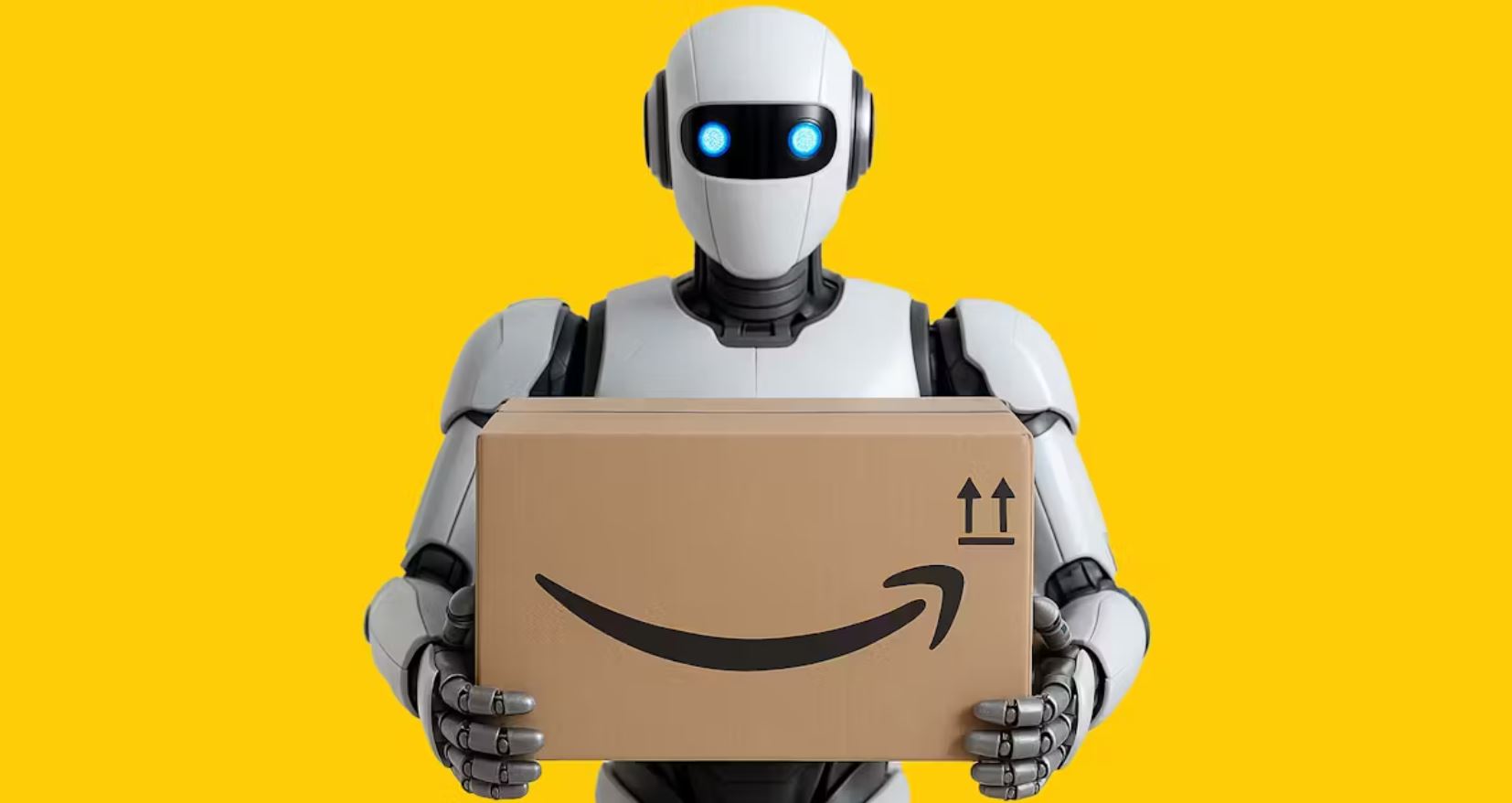 Amazon is pushing the boundaries of how you receive your packages by trialling humanoid robots built for last‑mile delivery. At its San Francisco facility, the company is finalising a new ‘humanoid park’—an indoor obstacle course designed to put these robots through real‑world challenges.
Amazon is pushing the boundaries of how you receive your packages by trialling humanoid robots built for last‑mile delivery. At its San Francisco facility, the company is finalising a new ‘humanoid park’—an indoor obstacle course designed to put these robots through real‑world challenges.
Meanwhile, Amazon is bolstering its warehouse operations with advanced AI. Recently, the firm deployed Vulcan, a robot with tactile capabilities, at a fulfilment centre in Dortmund, Germany—an early sign of how technology can speed up package deliveries.
In its quest to reduce reliance on human couriers, Amazon is rapidly developing the software behind these robots. As Reuters reports, they will soon leave Rivian electric vans to deliver packages straight to your door. This move could well redefine how last‑mile deliveries are managed.
The scale of Amazon’s ambitions is clear. With over 20,000 Rivian electric vans currently in the US and plans to hit 100,000 by the decade’s end, automation is clearly a priority. While earlier robotics tests were limited to warehouse settings, the new programme aims to transition humanoid robots into tackling the complexities of everyday delivery scenarios.
The ‘humanoid park’ is set to evaluate the robots’ ability to overcome realistic obstacles. Alongside this, a dedicated team in Lab126 is crafting versatile warehouse robots capable of managing multiple tasks—from unloading trailers to retrieving repair components.
Adding to these innovations, Amazon is using generative AI to refine its delivery mapping systems. This smart tech provides detailed insights into building layouts and efficient delivery spots; insights that could soon be integrated into wearable devices for hands‑free guidance. For anyone who’s ever wrestled with tricky delivery directions, this could make a real difference.
Moreover, AI is playing a key role in optimising inventory placement and demand forecasting. By analysing factors such as pricing and weather conditions, these improvements not only support quicker same‑day deliveries but also help reduce carbon emissions and operational waste.








